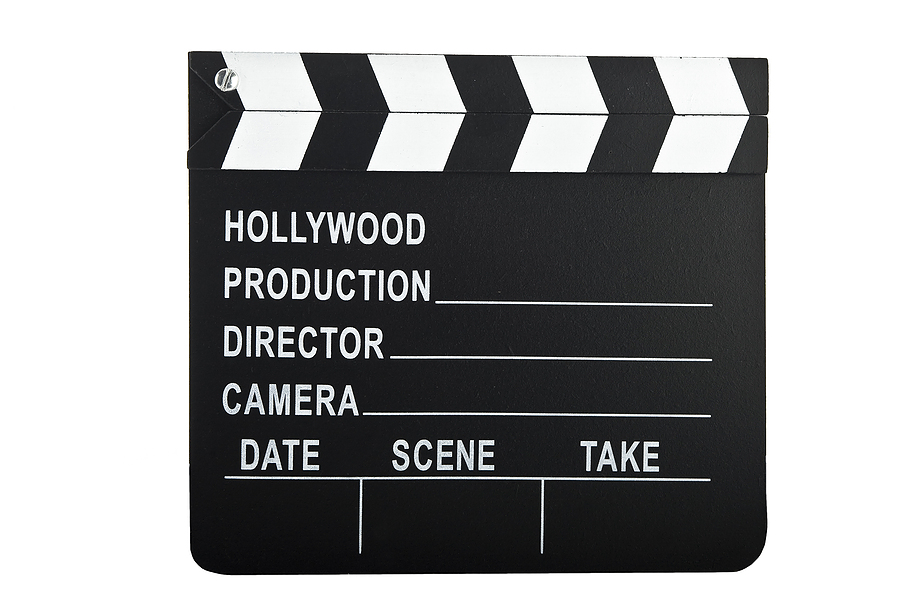Many are surprised to learn that media liability insurance was created in Kansas City and not Hollywood, Calif.
During the 1920s, a book editor, by the name of William Edgar White, sought carriers to develop a specific line of insurance to indemnify against media exposures, according to Michelle Tilton, a Los Angeles-based media liability insurance consultant, who spoke during a recent panel discussion on the subject at an American Bar Association Tort Trial and Insurance Practices Section conference.
The coverage exists because the commercial general liability (CGL) policy’s advertising injury under coverage B specifically excludes coverage for companies in advertising or publishing.
“It [the media liability policy] provides coverage for defense as well as indemnity,” Tilton said.
According to Tilton, some of the claims covered under media liability policies include:
- Invasion of privacy
- Libel
- Slander
- Defamation
- Copyright infringement
- Piracy
Some claims typically excluded under a media liability policy include:
- Employment practices
- Patent
- Breach of contract
The language contained within a media liability policy will vary, according to Cassandra S. Franklin, counsel and deputy practice leader in Los Angeles-based Dickstein Shapiro’s insurance coverage group.
 Entertainment litigation is thriving. During the session, the panelists provided some examples of recent entertainment litigation:
Entertainment litigation is thriving. During the session, the panelists provided some examples of recent entertainment litigation:
- During the 2010 Super Bowl a Hyundai commercial titled “Luxury” aired that showed a basketball bearing a striking resemblance to Louis Vuitton’s trademarked logo. The luxury designer filed suit against Hyundai alleging trademark violations. Hyundai tendered the defense of the lawsuit to their advertising agency. Turns out neither Hyundai nor its ad agency asked permission to use the trademark.
- In the Hangover 2 movie, Ed Helm’s character wakes up in a bathtub with a large tattoo on the side of his face that matched the one Mike Tyson has on his face. The tattoo artist who gave Tyson the tattoo filed suit against the movie’s production company claiming copyright infringement. The suit included an injunction against Warner Brothers demanding the release of the movie be delayed until the matter could be resolved. Warner Brothers initially agreed to alter DVDs after the movie’s run in theaters. Fortunately for the production company, the matter eventually settled and no changes to the DVDs were necessary. Most policies exclude coverage for changes, so the correction costs would have been borne by Warner Brothers alone.
- The Ellen DeGeneres show features an opening dance in each segment. The music playing in the background became the subject of a copyright infringement lawsuit in 2009. In the past, television shows could use music under the ephemeral use doctrine (ephemeral means short-lived), especially during live shows. But with syndication comes repeated playing of the music. “Warner Brothers and the Ellen DeGeneres production company had clearances and licenses for compositions, but not for the sound recordings themselves,” said Franklin. Both are necessary to broadcast live music on a television show. In this case, the defendant’s initial response was “we don’t roll that way,” according to Franklin. Not surprisingly, the case ultimately settled without litigation. Music claims are very expensive, Franklin said.
- The ESPN Wide World of Sports Complex at Walt Disney World in Kissimmee, Fla., became the subject of a copyright infringement lawsuit due to its architecture. In 1987 a retired umpire and architect pitched an idea for a sports complex. Ten years later Disney decided to build a sports complex. Though it didn’t look much like the one the architect proposed, he filed a lawsuit claiming Disney stole his idea.
“The more successful a movie, the more likely you will have claims,” according to James J.S. Holmes, a media entertainment attorney and partner in Sedgwick’s Los Angeles office. Holmes cited the example of Amistad, a movie scheduled for release on December 12, 1997. A week before the premiere, plagiarism was alleged and an injunction to stop the film was filed. Typically, the advertising promotion costs often exceed costs of making the film, Holmes said. Fortunately, the release date did not have to be changed because it is a costly undertaking.
Under a media liability policy the types of relief covered include:
- Defense costs
- Compensatory damages/settlement
- Some policies include coverage for cost of compliance with injunctive relief
- Some policies also cover punitive damages
While television and movie studios, music companies, print publishers, broadcasters, commercial printers and advertising agencies may be the obvious consumers of media liability policies, others might surprise you. Colleges, universities, and healthcare companies can have exposure from allowing students to download music or from advertising.
Of all the examples provided, the most interesting may be the one involving Vanna White and a robot. The case, Vanna White v. Samsung Electronics, decided over two decades ago, involved an ad run by Samsung featuring a robot dressed to look very much like Vanna White standing by a Wheel of Fortune-like game board. White sued, alleging an infringement on her identity and won.
Was this article valuable?
Here are more articles you may enjoy.

 Supreme Court Allows More Transport Workers to Bypass Arbitration and Sue Employers
Supreme Court Allows More Transport Workers to Bypass Arbitration and Sue Employers  Supplemental Claims Don’t Need to Include Damage Estimates, Fed Appeals Court Says
Supplemental Claims Don’t Need to Include Damage Estimates, Fed Appeals Court Says  Johnson Controls Unit to Pay $750M to Settle ‘Forever Chemicals’ Lawsuit
Johnson Controls Unit to Pay $750M to Settle ‘Forever Chemicals’ Lawsuit 